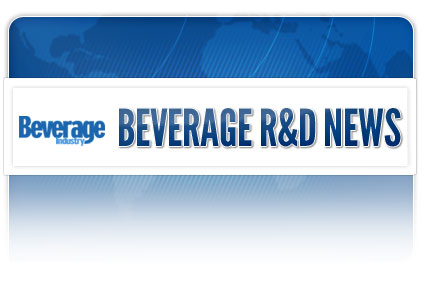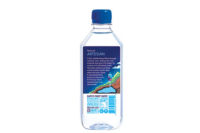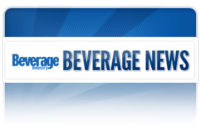In February 2006, leading beverage companies collaborated to develop the next-generation plastic closure only (PCO) 1881 finish. The idea was that a single global standard finish for the beverage industry would deliver significant financial benefits, simplify package designs and improve efficiency.
Cross-industry collaboration was crucial to the success of the project. Without establishing global guidelines and proper testing procedures, the industry could have wound up with multiple finishes, which would have resulted in inefficiencies, inflated inventories and a host of quality issues.
The industry knew that a replacement finish was inevitable and conversion attempts already were in the works. Therefore, the International Society of Beverage Technologists (ISBT) formed a sub-committee to develop a global standard. The sub-committee membership was cross-industry and international in scope.
The team sought a 28-mm. finish that would reduce cost, material and environmental impact for carbonated soft drink packages to improve upon the pre-existing PCO 1810 finish. Discussions focused on testing and data collection processes that could be validated with design goals such as safety, functionality, line performance, end-use performance and economic relevance. The committee agreed upon established guidelines for the testing and data collection phase.
The result? An estimated savings of $1 billion across the industry.
It took nearly 80 meetings to evaluate all the dynamics of the 1881 PCO finish. The final step was its implementation.
Once the ISBT validated the 1881 PCO finish in 2009, Dr Pepper Snapple Group (DPS) conducted market research and trials at each plant to ensure a seamless conversion. With data and processes from its market tests in hand, beginning in May 2008, DPS converted 13 facilities with 27 production lines. BI




